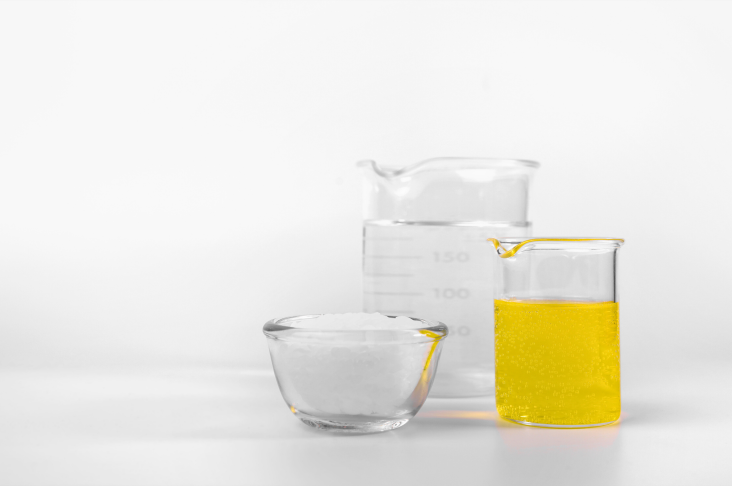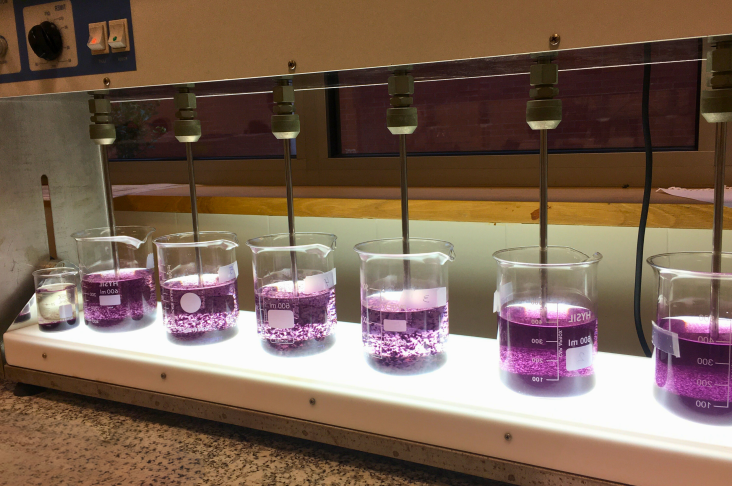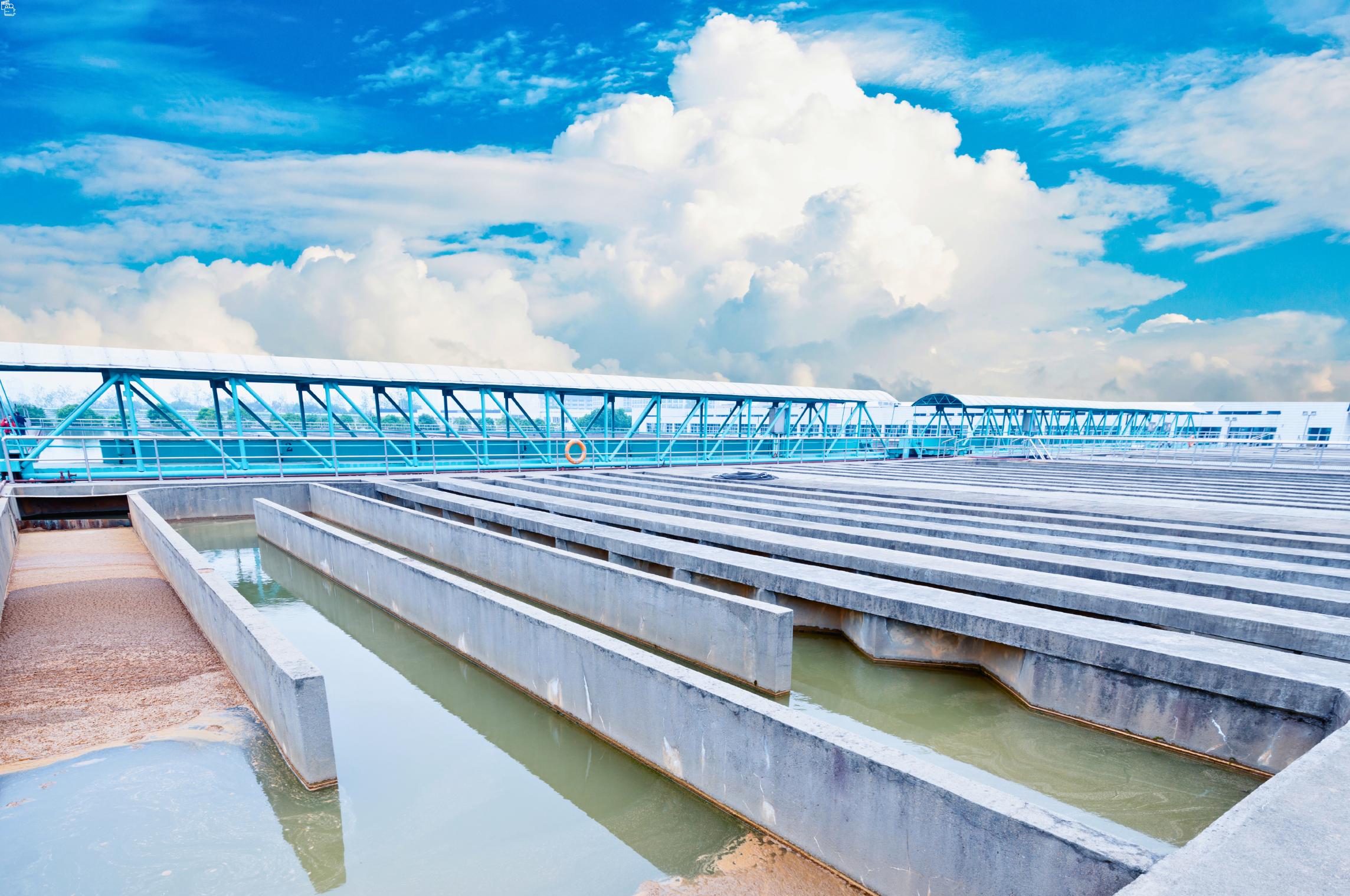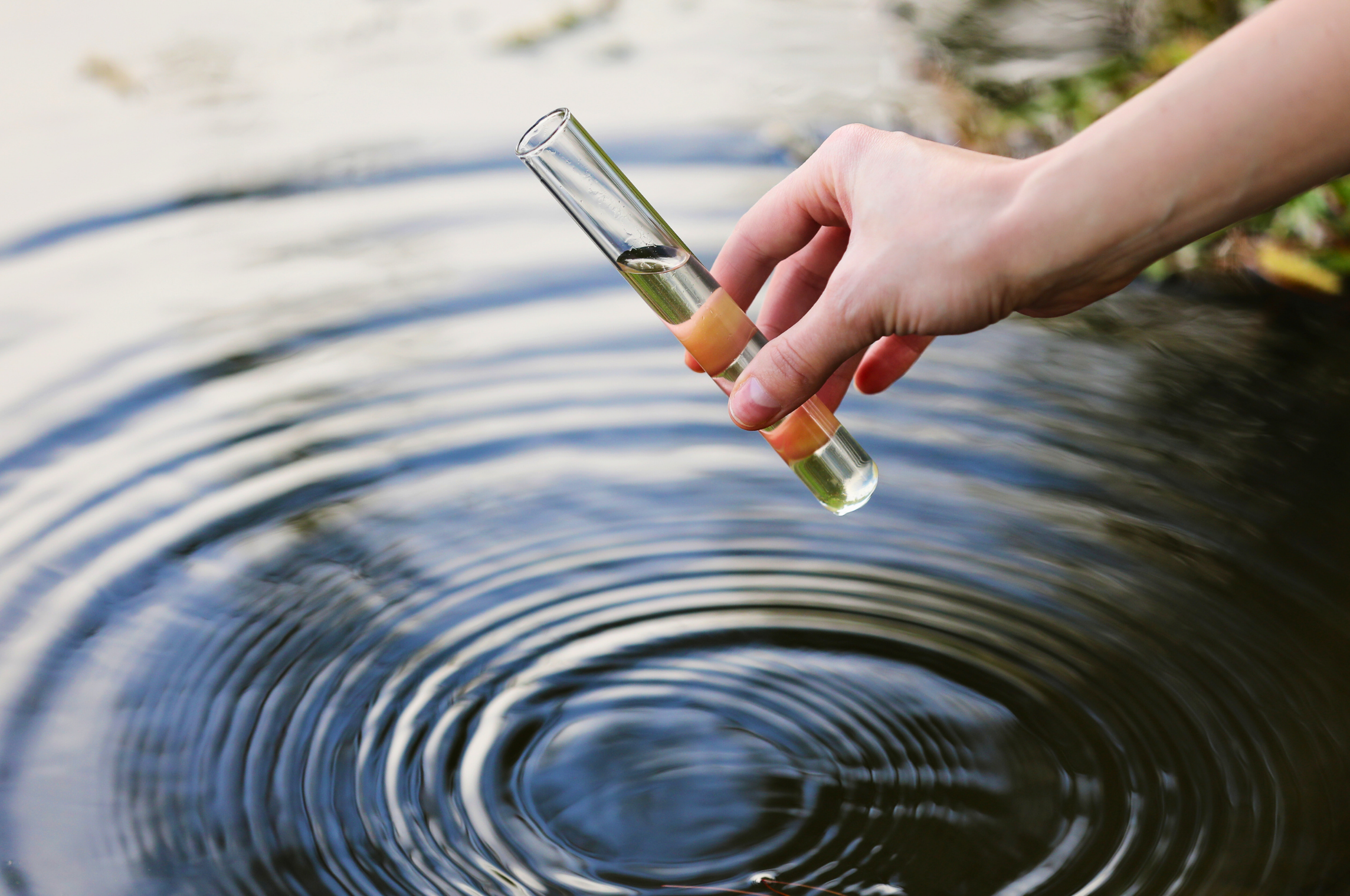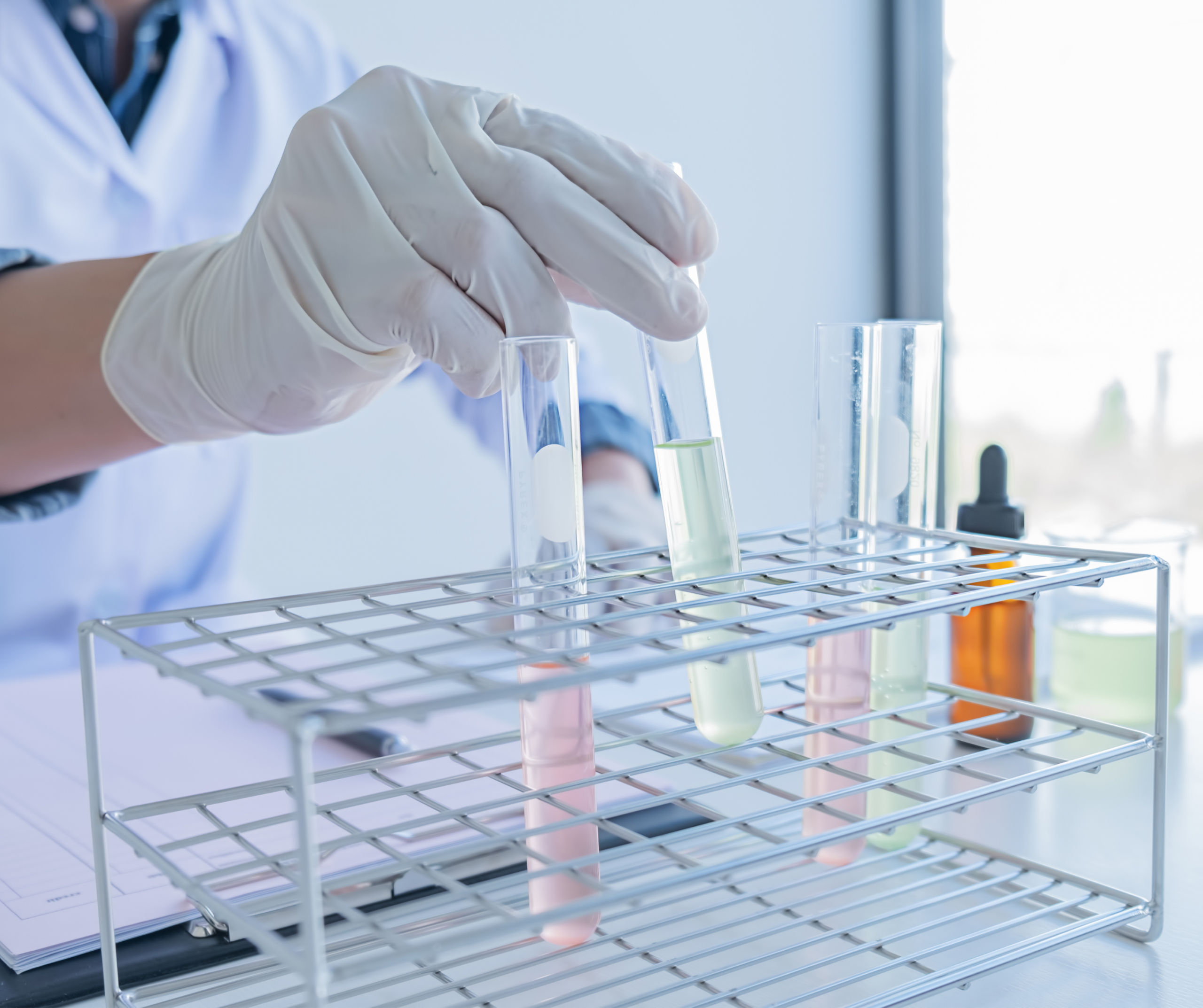
Wastewater analysis tests are of great importance for both protecting environmental health and ensuring compliance with legal requirements. These tests identify the type and level of pollutants in wastewater before it is discharged into nature, enabling the implementation of appropriate treatment methods.
1. Chemical Oxygen Demand (COD)
- COD measures the amount of oxygen required to oxidize organic matter in wastewater through chemical reactions. It is used to determine the level of water pollution and evaluate treatment needs.
- The test is performed using potassium dichromate, a strong oxidizing agent. High COD values indicate high organic pollution levels and the need for treatment. This is a critical parameter for monitoring wastewater quality in industrial facilities.
- Applications: Treatment plants, environmental monitoring, industrial wastewater inspection.
2. Biochemical Oxygen Demand (BOD)
- BOD measures the amount of oxygen required by microorganisms to break down organic matter in wastewater. It is commonly used to determine the organic pollutant load.
- In the test, the water sample is saturated with oxygen and held for a certain period (usually 5 days). The oxygen consumed by microorganisms as they break down organic matter is then measured. High BOD values indicate that the wastewater requires biological treatment.
- Applications: Municipalities, water treatment plants, industrial wastewater monitoring.
3. Total Suspended Solids (TSS)
- TSS measures the total amount of insoluble solids in wastewater, which may be suspended within or floating on the water.
- The sample is filtered, and the retained solids are weighed. TSS is a key parameter in determining water turbidity and physical pollution. High TSS values indicate the need for treatment.
- Applications: Industrial wastewater, sewage water, surface water.
4. pH Test
- The pH test determines whether water is acidic or basic, which is critical for understanding its chemical balance.
- Measured using electronic pH meters, values below 7 indicate acidity, while values above 7 indicate alkalinity. Extremely acidic or basic wastewater can harm the environment, so maintaining pH within acceptable limits is essential.
- Applications: Industrial wastewater, agricultural irrigation water, municipal wastewater.
5. Oil and Grease Test
- This test determines the amount of oil and grease in wastewater. Oils and greases can form a thin film on the water surface, preventing oxygen transfer.
- The sample is extracted with organic solvents, and the dissolved oil and grease are measured. High levels can disrupt treatment systems and cause environmental issues.
- Applications: Industrial facilities, food processing industries, oil and chemical production plants.
6. Heavy Metal Tests
- These tests measure the amount of potentially toxic elements (lead, mercury, cadmium, arsenic, etc.) in wastewater.
- Heavy metals pose serious threats to human and environmental health. Analysis is typically done using atomic absorption spectroscopy (AAS) or inductively coupled plasma (ICP). High concentrations indicate toxic pollution, especially in industrial wastewater.
- Applications: Metal plating, mining, chemical factories, industrial wastewater.
7. Nitrogen and Phosphorus Tests
- These tests measure nitrogen compounds (ammonia, nitrate, nitrite) and phosphorus compounds (phosphate) in wastewater. They can cause eutrophication, leading to excessive algal and plant growth in water bodies.
- Concentrations are typically determined by colorimetry or spectrophotometry. Used mainly for monitoring pollution from agricultural and domestic sources.
- Applications: Runoff from agricultural land, domestic wastewater, fertilizer factories.
8. Conductivity (EC)
- Conductivity measures the amount of dissolved salts in wastewater, directly related to ion concentration.
- Measured using a conductivity meter, high values indicate elevated dissolved salts, requiring treatment.
- Applications: High-salinity industrial wastewater, agricultural drainage water.
9. Chloride Test
- This test measures chloride ion concentrations in wastewater, especially important in salty wastewater.
- Performed using titration or colorimetric methods. High chloride levels can increase corrosiveness and negatively affect water resources.
- Applications: Wastewater mixed with seawater, industrial cooling water.
10. Total Coliform Bacteria and E. coli Test
- These tests determine the level of biological contamination in wastewater. Coliforms and E. coli indicate fecal contamination.
- Samples are incubated in special media, and bacterial colonies are counted. This test is vital for assessing treatment efficiency and protecting public health.
- Applications: Domestic wastewater, surface water, municipal treatment plants.
These analyses are essential for complying with environmental regulations and protecting environmental health. Regular testing is necessary to monitor the efficiency of wastewater treatment processes and to ensure the preservation of natural water resources.



